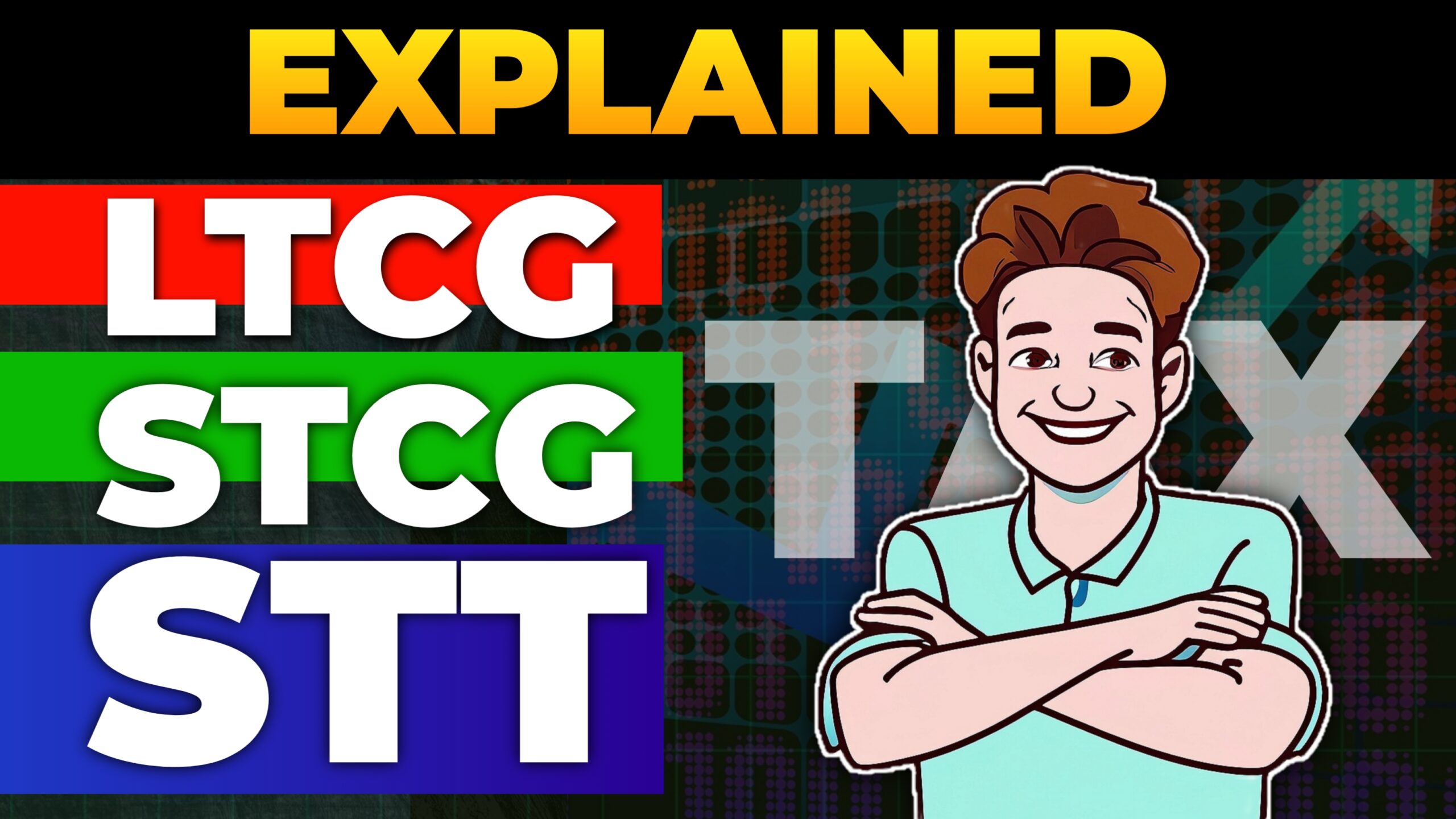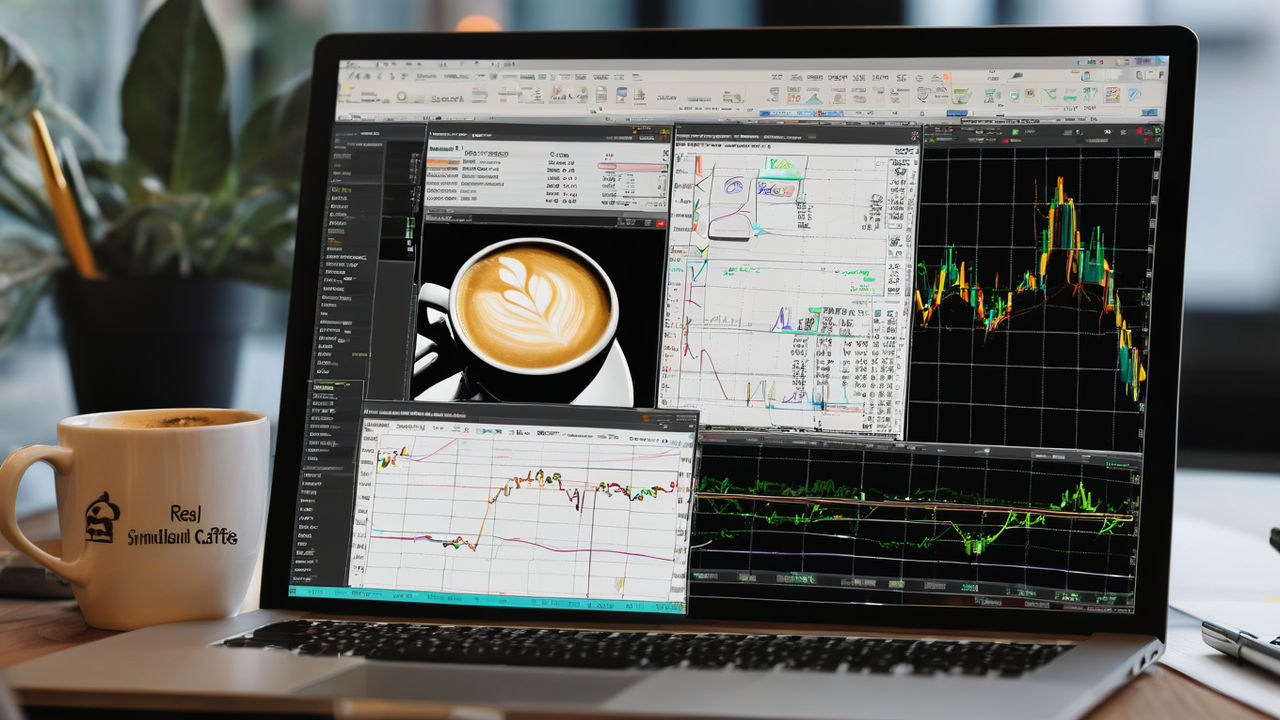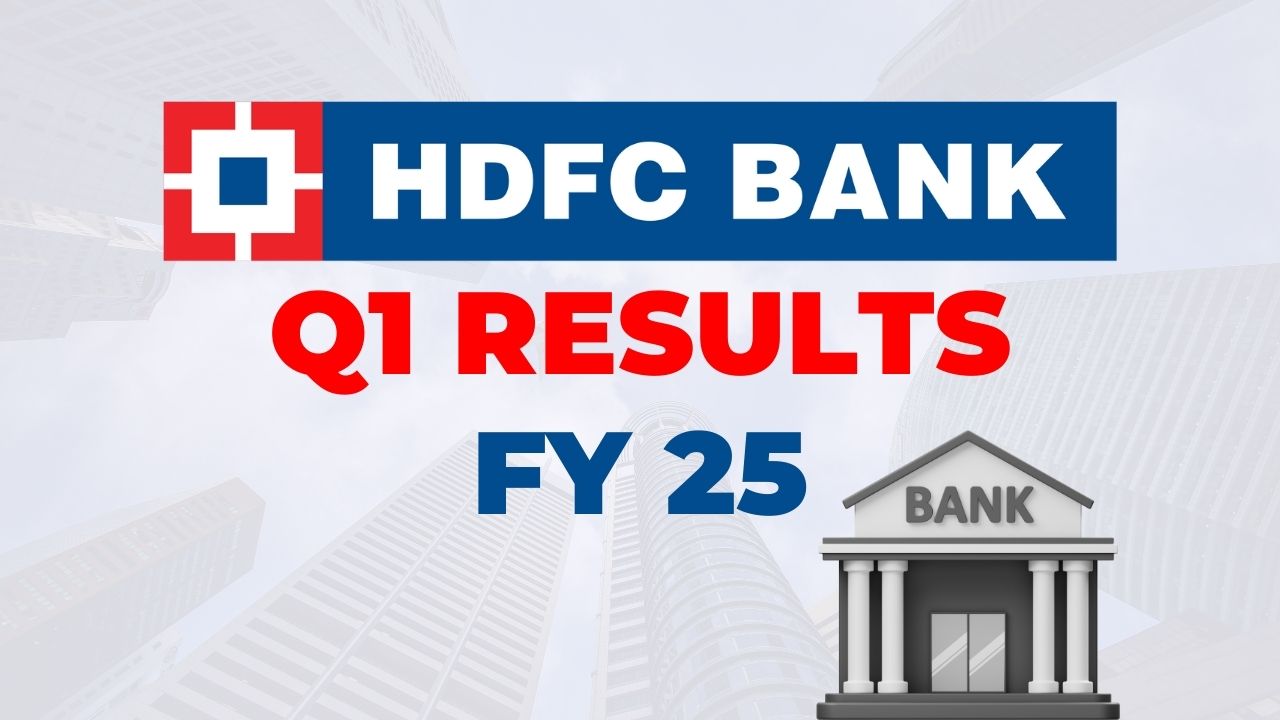Welspun Living Ltd., a prominent name in the textile industry, has recently made a couple of important announcements. They have approved a buyback of their own shares and also shared their financial results for the June quarter. Let’s dive into what this means for the company and its shareholders.
Table of Contents
What is a Share Buyback?
A share buyback is when a company decides to purchase its own shares from the market. This is usually done to reduce the number of shares available in the market, which can help boost the share price. In Welspun Living’s case, they plan to buy back up to 1.26 crore shares at ₹220 each. This price is 26% higher than the closing price of the shares on Tuesday.
Why is the Buyback Important?
Welspun Living is set to buy back these shares for a total amount of ₹278 crore. This buyback will cover about 7.87% of the company’s total equity. The record date for this buyback is August 5, 2024. This means that if you own shares of Welspun Living by this date, you are eligible to participate in the buyback.
The buyback will follow a “tender offer” procedure. This means that shareholders can offer their shares to the company at the fixed price of ₹220. DAM Capital Advisors has been hired to manage this buyback process.
About Welspun Living
Welspun Living is a major textile manufacturer based in Mumbai. It was previously known as Welspun India and was founded in 1985.
What does Welspun Living do?
The company exports its home textile products to over 50 countries. It is a key supplier to many top global retailers. The company’s manufacturing facilities in Gujarat are equipped with advanced technology to produce a vast amount of textiles each year.
Welspun Living’s Financial Performance
Along with the buyback announcement, Welspun Living also shared its financial results for the June quarter. Here’s a quick overview:
- Revenue: The company earned ₹2,536.5 crore, which is a 16% increase compared to the same period last year.
- EBITDA: Earnings Before Interest, Tax, Depreciation, and Amortisation (EBITDA) rose by 10% to ₹342 crore.
- EBITDA Margin: This margin fell slightly from 14.2% last year to 13.5% this year.
Despite challenges from global economic conditions and shipping issues in the Red Sea, Welspun Living saw a 20% growth in its exports. This positive news was highlighted by Chairman BK Goenka.
Also Read – Government Hikes LTCG, STCG, STT: But What Do These Taxes Mean for You?
Share reaction after the announcement
Following these announcements, Welspun Living’s share price saw a jump. The shares touched a high of ₹181.70 and a low of ₹173.24 on the day of the announcement.
How to Participate in the Buyback?
If you are a shareholder, here’s how you can take part in the buyback:
- Shares in Demat Form: If your shares are in electronic form, inform your stockbroker about the shares you want to tender. You’ll need to transfer these shares to a special account set up for the buyback.
- Shares in Physical Form: If you have physical share certificates, you must present them along with any required documents to your broker. After verifying the documents, the broker will place an order for the buyback on your behalf.
The Bottom Line
In summary, Welspun Living’s share buyback is a significant move aimed at enhancing shareholder value. Coupled with strong financial performance and growth in exports, it’s an exciting time for the company and its investors.
Disclaimer: This information is for educational purposes only and does not constitute financial advice. Always conduct your own research and consult with financial professionals before making investment decisions.










